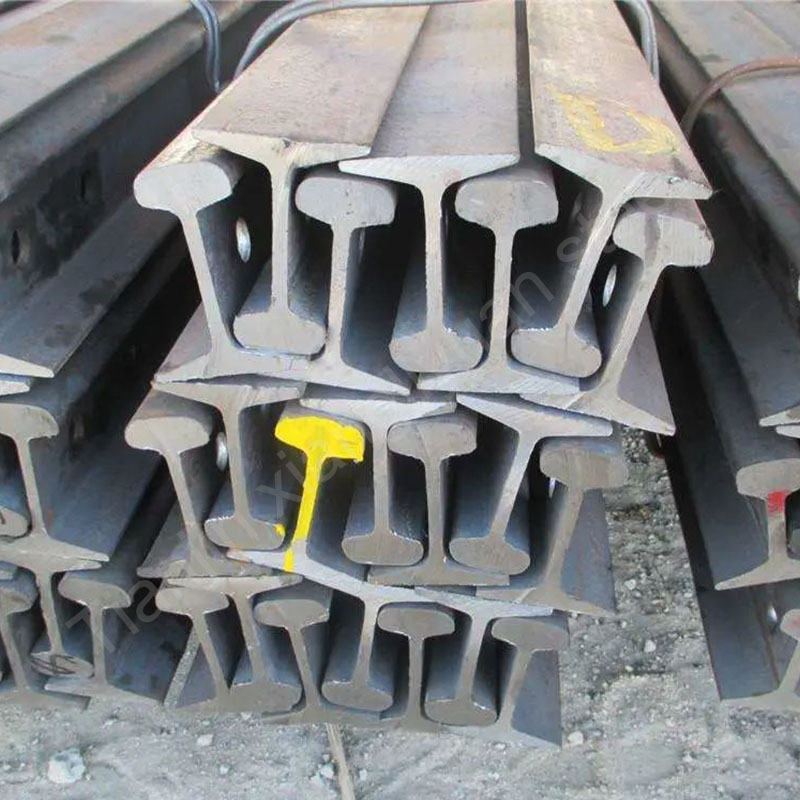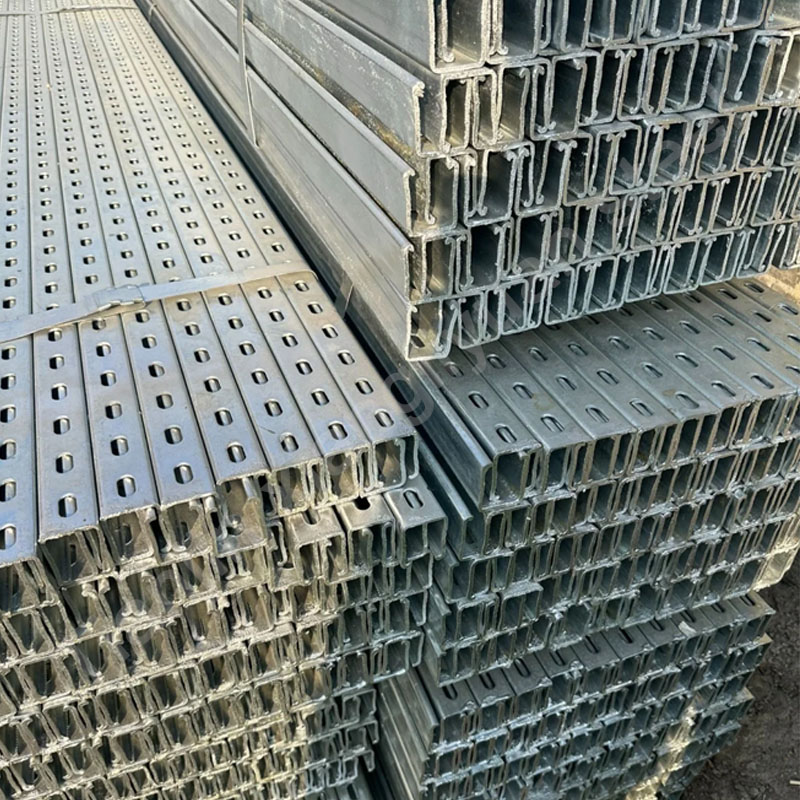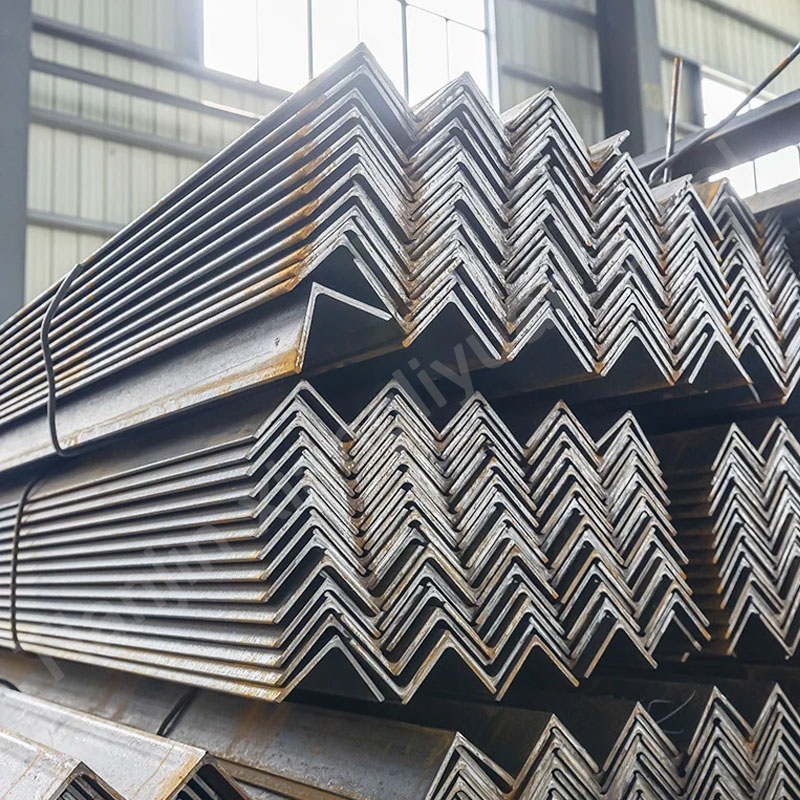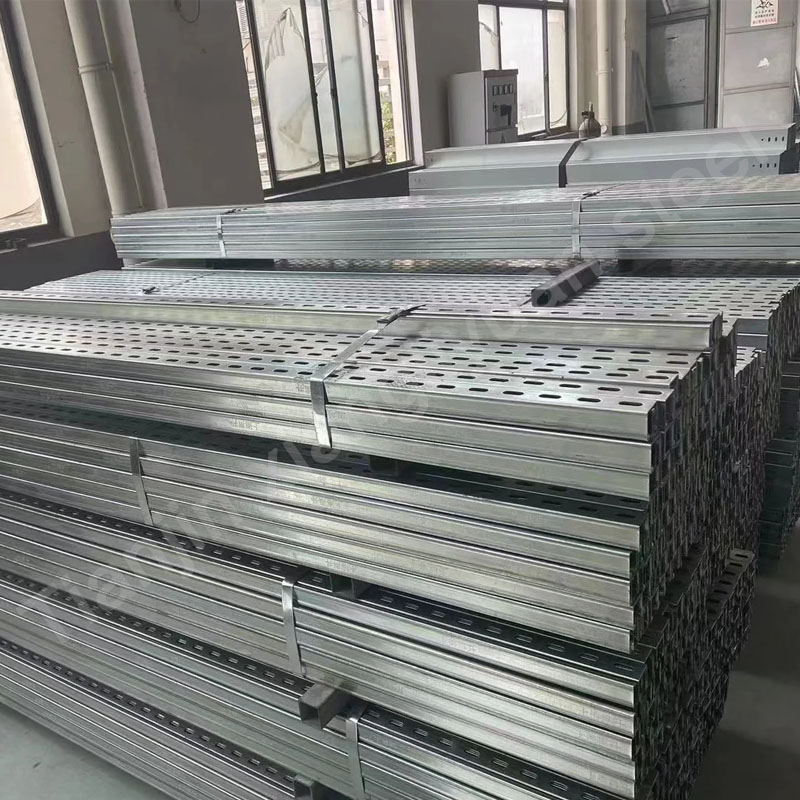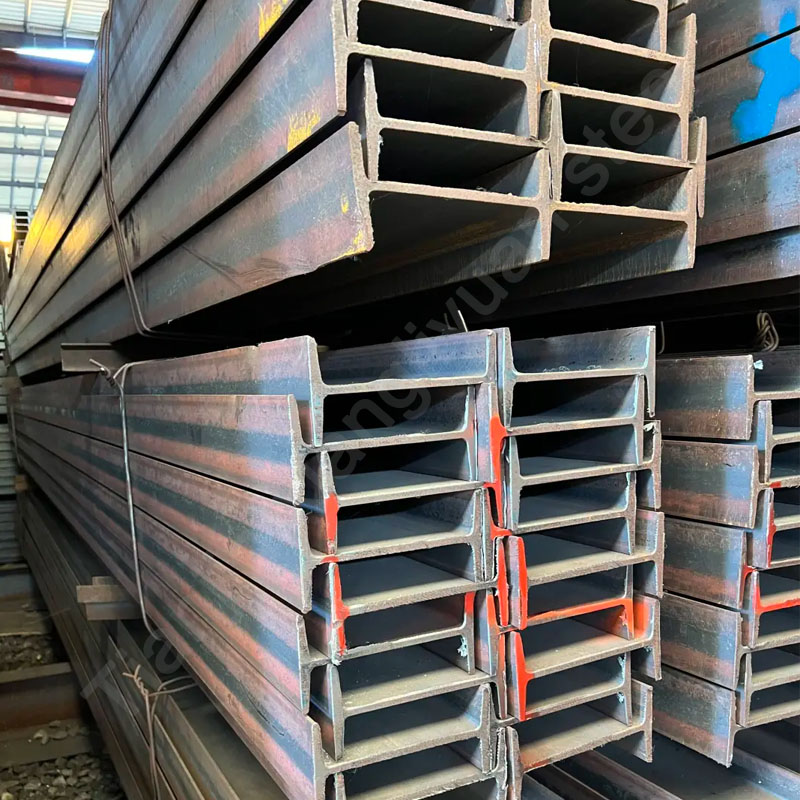Steel rails are the main components of railway tracks, which play the role of carrying train loads and guiding train operation. In order to ensure the quality and performance of steel rails, countries and regions around the world have formulated corresponding standards.
Globally, the production and use of steel rails follow a variety of standards, including:
Chinese standards: GB 2585 “Railway Rails”, GB/T 11264 “Crane Rails”, GB/T 8180 “Narrow Gauge Railway Rails”.
European standards: EN 13674 “Rail Applications-Rail”.
American standards: AREMA “American Railway Engineering and Maintenance Standards”.
Japanese standards: JIS E1101 “Railway Rails”.
International Organization for Standardization (ISO): ISO 5003 “Railway Rails”.
These standards have specific provisions on the size, chemical composition, mechanical properties, acceptance rules, etc. of steel rails.
Steel rails are usually made of high-strength carbon steel or alloy steel. Common materials include:
Ordinary carbon steel: The carbon content is about 0.6%~0.8%, commonly used for ordinary rails.
Manganese steel: contains an appropriate amount of manganese (Mn), which improves the wear resistance and toughness of the rail.
Alloy steel: adds chromium (Cr), vanadium (V), molybdenum (Mo) and other elements to further improve the strength, hardness and fatigue resistance of the rail.
In recent years, the development of high-speed railways and heavy-duty railways has led to the widespread application of high-strength and high-wear-resistant alloy steels.
Steel rails can be classified in many ways according to their use, rail type, rail weight, etc.:
Classification by use:
Ordinary railway rails: suitable for high-speed railways, conventional railways and heavy-duty railways.
Crane rails: mainly used for rails of heavy lifting equipment such as factories, docks, and mines.
Turnout rails: used for railway turnouts, requiring high wear resistance and strength.
Classification by rail type:
Flat-bottom rails: the most common rail type currently, suitable for high-speed railways and conventional railways.
Grooved rails: mainly used for urban rail transit (such as trams), which can lay the rails under the road surface.
Classification by rail weight:
Light rail: weighs less than 30 kg per meter, suitable for light rail transit or narrow gauge railway.
Heavy rail: weighs more than 30 kg per meter, mainly used for high-speed railway and heavy-duty railway.
Specific uses of steel rails
High-speed railway: uses high-strength rails, usually 60 kg/m or heavier flat-bottom rails to ensure high speed and safety.
Heavy-duty railway: uses heavy rails with high wear resistance, usually used for mining transportation, bulk cargo transportation, etc.
Urban rail transit: uses grooved rails and low-weight rails, mainly used for trams, subways, etc.
In general, steel rails are important basic materials for railway construction, and their specifications, materials and performance are directly related to the safety and efficiency of railway operation.

